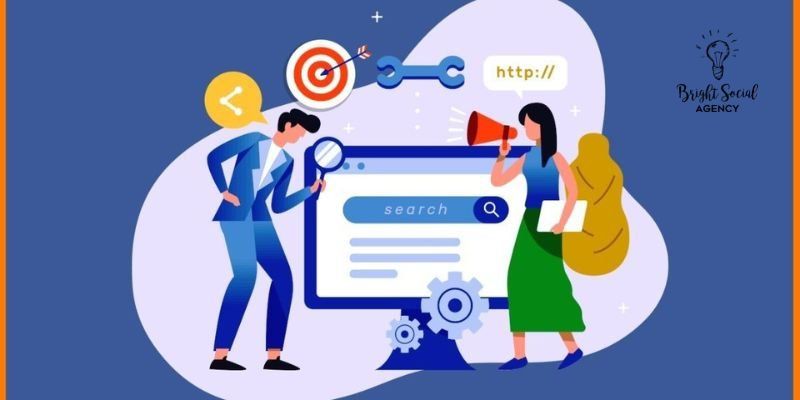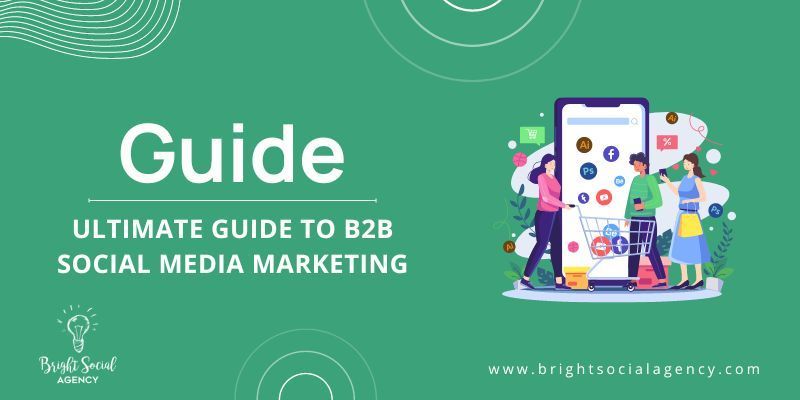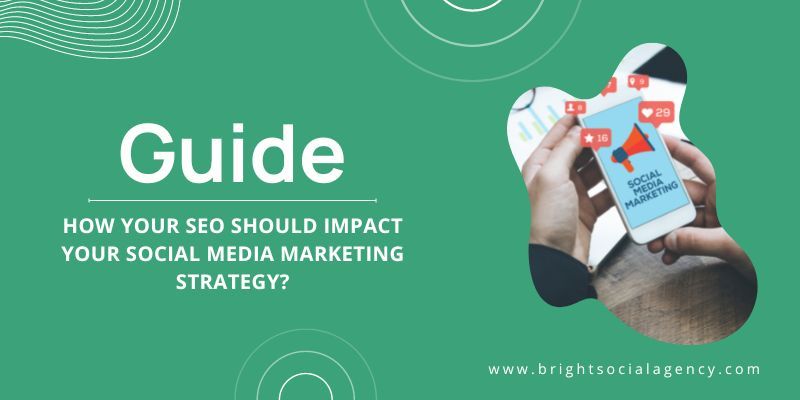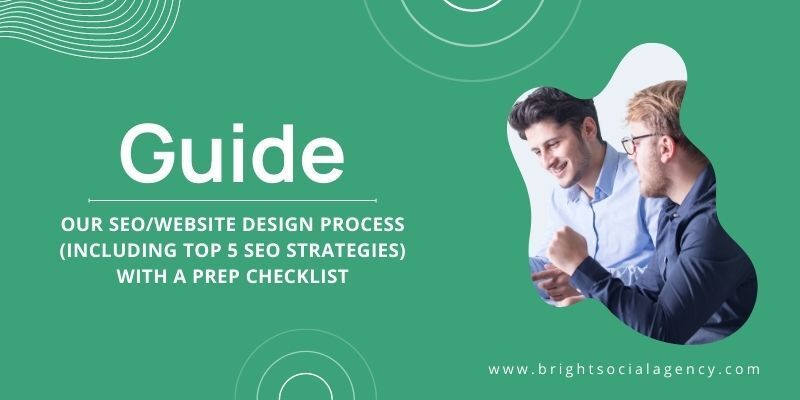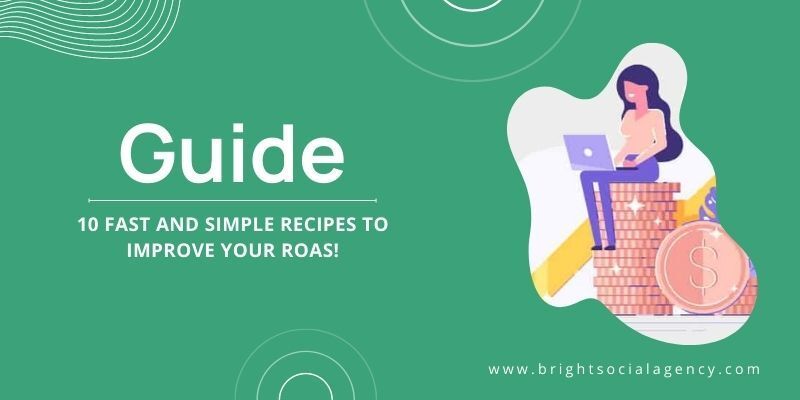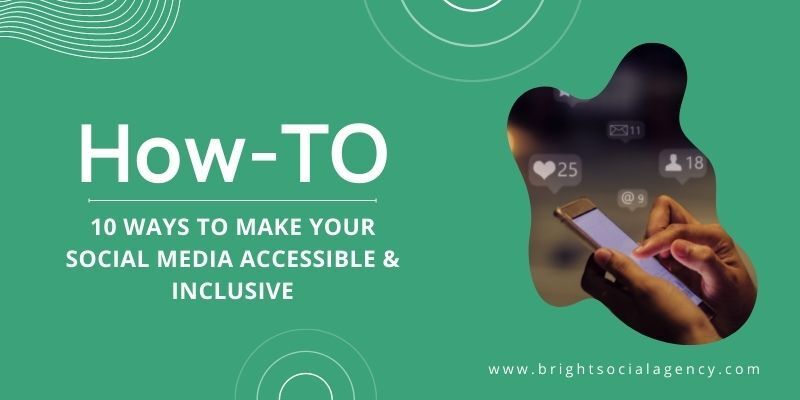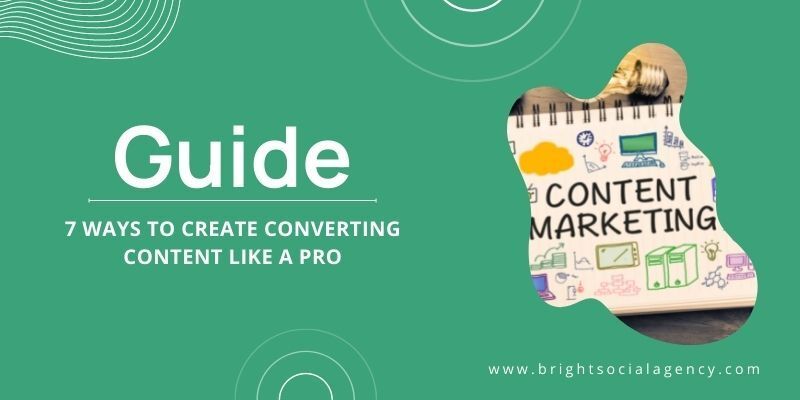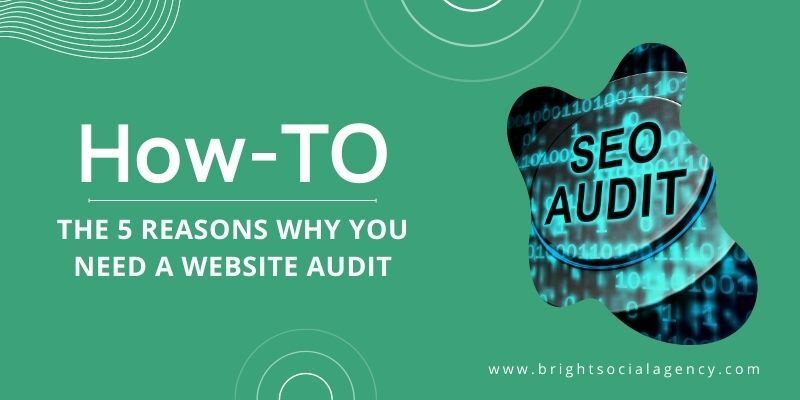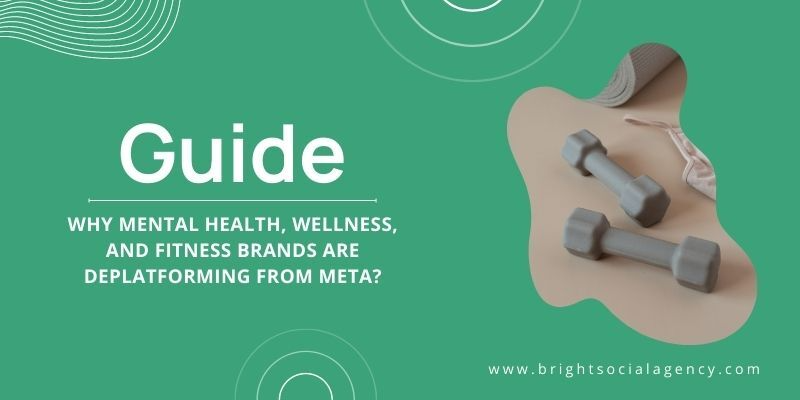What is the Customer Buying Journey?
The customer buying journey is the path a client takes from first hearing about your product or service, to purchasing it. This process can be long and complex, with many potential pitfalls along the way. It is important for business owners to understand this process so that they can provide valuable information without being pushy salespeople.
What Actually Customer Buying Journey Means?
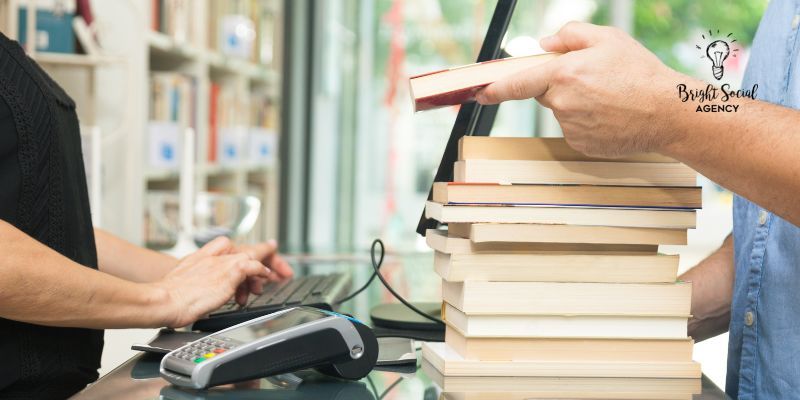
But, what is it? The customer buying journey is a critical aspect of understanding your customers. It's the path that a buyer takes before making a purchase, and it's not linear. As you'll see in the diagram below, it can be one multi-step process with many different touchpoints or several shorter steps in different areas of your marketing funnel (more on that later).
Understanding your customers' buying journey is especially important if you are using paid advertising. Paid advertising allows us to reach our target audience at various stages of their journey by targeting them with ads based on their past behaviors online (i.e., searching for something specific online).
But without an understanding of what stage they are in on their path to purchase, we run the risk of wasting money spent on targeting those who are not ready yet for our product or service—or worse yet, reaching people who don't even need our products!
The customer journey: the keys to transforming prospects into loyal customers
If you're not already familiar with the buying journey, it's the sequence of steps a customer goes through before they complete their purchase. Knowing and optimizing your customers' buying journey, the steps that lead to a sale, are the keys to transforming your prospects into loyal customers.
The customer journey is different for each audience persona. For example
- If you're selling wine glasses, you might want to target someone who's looking for something stylish and inexpensive. This person will probably check out Amazon or Target first because they're more likely to be impulse buyers than if they were looking for high-end crystal glasses from Williams-Sonoma (and more likely to compare prices). They may also be interested in adding personalized engraving options or monogrammed coasters as accessories—but only after they've decided on their preferred style first because those add-ons would have minimal impact on whether or not they buy online now versus waiting until later when they can get them locally at an inflated price point (whereas wine glasses themselves don't have much resale value).
- On the other hand—if I'm trying find some good deals on bulk cases of red wine bottles due next month when my annual family reunion rolls around again next year,"I'll probably start by checking out Costco or Sam's Club since both offer large quantities at reasonable prices while still being able to pick up small quantities here and there throughout my local shopping trips."
Awareness
The first step in the buying journey is awareness. This is when a customer becomes aware of your product or service for the first time. Awareness can be achieved through search engine optimization and having a home base, or website that's available online to all.
Search engine optimization (SEO) is a process that improves the visibility of a website in search engines such as Google, Bing and Yahoo by using specific keywords and phrases that are relevant to your business or organization's industry. A website can be created to focus on your products, services, or events which will help people find you when they are searching online for something similar.
Without a website, many will be unaware of your product or service. SEO is crucial for awareness.
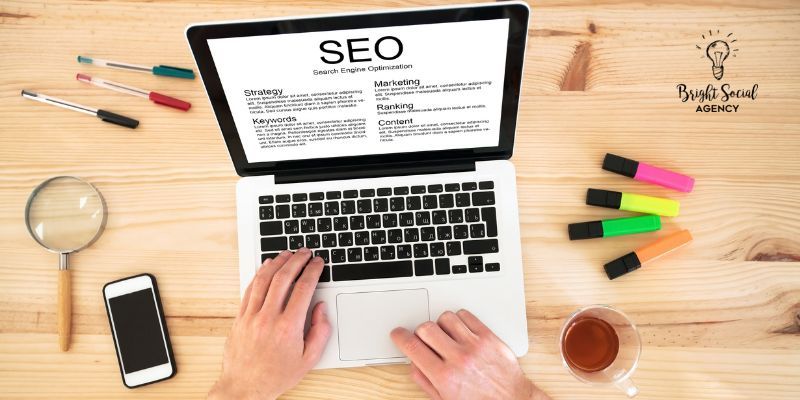
You can’t expect people to buy from you if they can’t find your website. SEO (search engine optimization) is crucial for enabling people to discover your site and ultimately purchase from you.
To understand how SEO works, it is helpful to understand how people search online and how they decide which websites are the most relevant for their searches. When someone types in a keyword or question into a search engine like Google or Bing, they receive results that match their query and answer their question (hopefully). People often select the first few results because these appear to be the most relevant. If your website doesn’t rank on the first page of search engine results, then you may lose out on valuable traffic that could lead directly to sales!
Interest
So, you've got a product or service that could probably help your customers' lives. They might be interested in learning more about it if they knew it existed—but they don't know! You have to show them.
To get people interested in your product or service, start by showing them what's already out there: the competition. The only way to show what's available is through contrast: compare and contrast with other products/services that are similar but not quite as good. For example, "Our widgets are better than widget A because we use materials X and Y instead of B and C."
Paid Ads – Is It Worth The Time And Money?
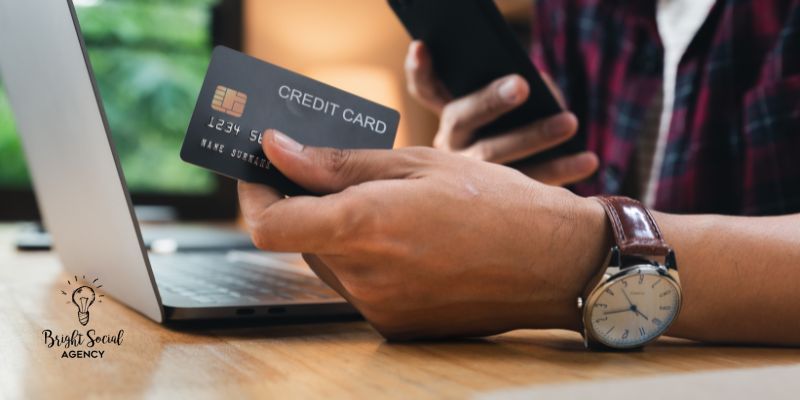
Paid Ads on social platforms and PPC can determine if there is an interest in your product for different audience personas. Retargeting ads can move people along the buying path quickly.
For example, if you sell a fitness app that helps you reach your weight loss goals, you could create an ad to promote the app through Facebook or Instagram that targets people who are interested in health and fitness. You may even create a specific ad geared toward women between the ages of 25-40 with at least 1 child who are looking to lose weight and live a healthier lifestyle as they get older.
Consideration
When you’re considering buying a product, you need to think about the price, quality and features of what you’re buying. This is known as ‘consideration.’
Consideration is the stage where the customer is thinking about buying your product. It can be influenced by many factors such as price, social proof and reviews. For example, if I am looking for a new mobile phone I will look at many different types of phones before making my decision on which one to buy based on its features and prices compared to others in its category (e.g., screen size).
Influencers, reviews, and videos help with consideration.
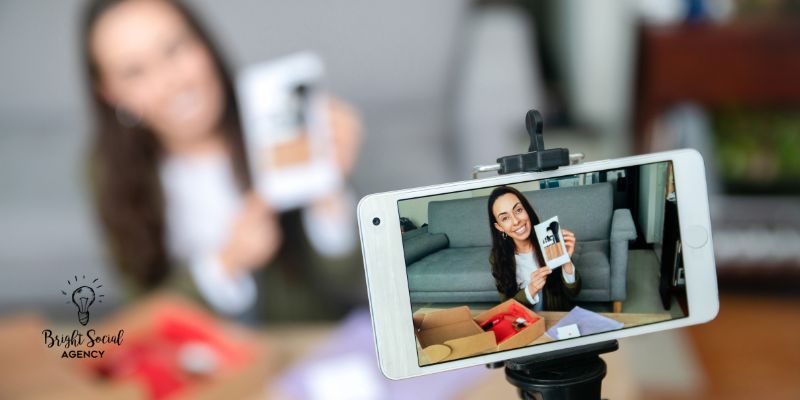
- Influencers. You can count on influencers in your industry to share their opinions about products or services. They're often a good source of information because of the trust they've built with their base already around a specific niche topic or industry.
- Reviews. This is where the rubber meets the road for many customers, and you can use reviews as another way to show people exactly how valuable your product or service can be for them if they give it a try.
- Testimonials, case studies, and letters from satisfied customers are all great ways to showcase what others have had to say about your work -- especially if you're looking for more credibility than just one person's opinion (which may not always be objective).
- Videos can be another great way of showing off what makes your product so special -- especially if you have an online store!
Decision
At this point, you've done all you can to create a great product or service. You've listened to your customers and built something that solves their problems. Your marketing team has put together a campaign that speaks directly to the needs of your audience, and it's working! Customers are talking about how much they love your product on social media, in blog posts, even in their personal life. But what happens next?
The final stage is called decision—that moment when a customer decides to buy from you or not. The decision is influenced by many factors: price, product features, reputation among peers. And while we don't have much control over these factors (except perhaps price), we do have some control over how we present ourselves online so that people will choose us over our competitors when making those important purchasing decisions.*
Your product page or service page on your website holds decision making power.

Your product page or service page on your website holds decision making power. It’s where you can answer most of the questions that potential customers have about what your company does, how it works and why they should trust you with their money.
Your product page should be designed to answer these questions while providing a clear call to action (CTA). For example, if you’re selling a course that teaches people how to bake artisan bread at home, then your CTA would be something like “Buy Now.” Make sure that this button stands out from the rest of your content so it catches the eye of site visitors and gives them an easy way to purchase whatever it is you're selling.
In addition to providing information about what makes up the product itself, such as ingredients and nutritional facts labels are important too! Not only do consumers want this information but also regulatory agencies may require them in order for brands/products sold online through Amazon or other retailers to meet compliance standards set forth by law makers across North America (United States & Canada).
Loyalty
- Loyalty is an important part of the customer journey.
- Loyalty programs are an effective way to create brand loyalty, but they can be costly and time-consuming if not managed properly.
- Gamified loyalty programs offer a great solution for companies looking to build and retain customers through higher engagement.
Loyalty can be built through gamified programs, exclusive access, early alerts via email newsletter.
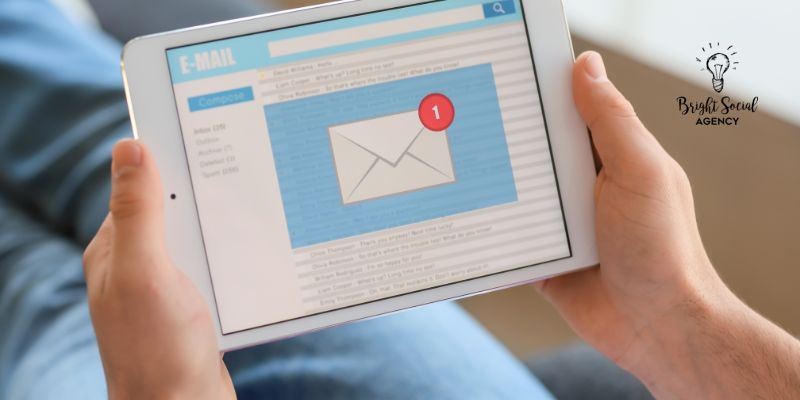
When it comes to building loyalty, you want to think about how you can provide something of value to your customers.
The most common way is through gamified programs that incentivize people to come back and use your product or service. For example, Starbucks has a reward program for coffee drinkers where they earn stars for each purchase, which can then be redeemed for free drinks or food items.
Exclusive access is another great way to build loyalty and it’s a tactic all companies should consider using in one form or another. Exclusive access allows users who are members of your program first dibs on new products, early alerts via email newsletter (like this one!), special offers that aren’t available elsewhere, etc.
Why Your Website, SEO, And Social Media Are Crucial For The Customer Buying Journey?
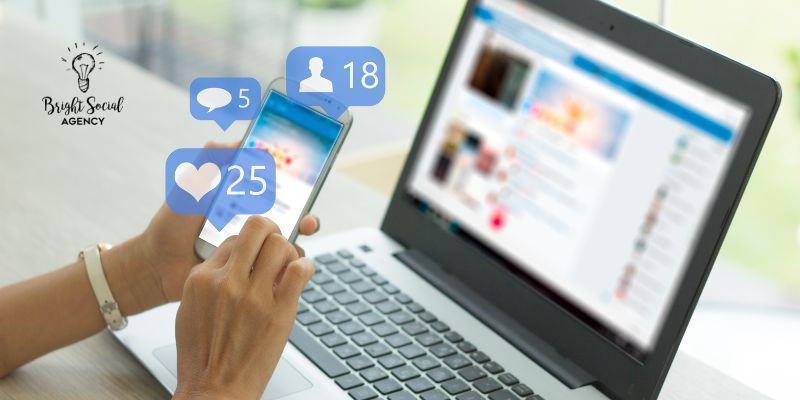
The customer buying journey is a series of steps that customers take as they look for information about a product or service, then make an online purchase. Your website, SEO (search engine optimization), and social media are crucial tools in helping your audience discover you and learn more about what you do.
You need to have a website if you want people to find out more about what you do, so that they can eventually purchase from your business. However, if someone doesn't know who your business is or how it works, how can they visit your site?
In order to attract potential clients through search engines like Google or Bing—which is where most people start their research before making an actual purchase—you need SEO. If no one finds out who we are by searching for our name on Google or other search engines, then there's nothing left but hearsay!
And finally: Social media provides platforms where we can reach out directly with our brand voice (content). It also allows prospective customers access into our private world; so when someone follows us on Facebook or Twitter for example; then we get notified immediately whenever someone follows us--so now instead of just waiting around hoping someone will see whatever ad happens come up next time they're browsing ads online--they're actually seeing something relevant enough to catch their eye. It's a win-win for both parties!
Conclusion
The customer buying journey is a fun and exciting process that allows consumers to get to know their top choices in the best possible way. It’s also an important part of any business, as it helps you understand what your customers want and need from your product or service.
This post may contain affiliate links, which means that we may receive a commission if you make a purchase using these links.
